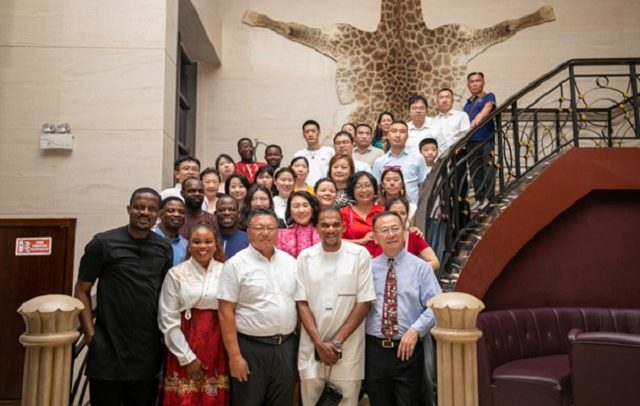
By Chen WENLING
Western media has frequently adopted a pessimistic stance towards the Chinese economy. These narratives reveal the underlying pressure and apprehension certain Western countries experience in the realm of economic competition. By downplaying China’s economic prowess, their objective is to undermine China’s global standing and influence.
Nevertheless, these portrayals often fail to acknowledge the remarkable resilience and long-term growth potential inherent in the Chinese economy.
China has maintained high-speed growth over the past few decades, establishing a solid foundation. Its economy has skyrocketed to become the world’s second-largest, accompanied by substantial enhancements in per capita income and living standards. By implementing reform and opening-up, China has effectively attracted significant foreign investment and undertaken large-scale international industrial transfers, propelling domestic market expansion.
Admittedly, China’s economic growth rate may have experienced a slight dip, but this is a result of China’s shifting focus on an enhancement in its development quality, and the country’s emphasis on new productive forces determines the resilience of its economy.
Featuring high technology, high efficiency, and high quality, new productive forces stand as an integral imperative for China’s modernization and pursuit of high-quality development. With innovation leading, these forces mean advanced productivity freed from traditional economic growth models.
To tap the potentiality of its new productive forces, the Chinese government has implemented numerous national strategies, plans, and action programs. Chinese President Xi Jinping has, on several occasions, urged efforts to accelerate the development of new productive forces. “Developing new productive forces is an intrinsic requirement and an important focus of promoting high-quality development,” Xi stressed. This has demonstrated China’s determination to nurture new productive forces.
To free advanced productivity from traditional economic growth models, China has been investing significantly in innovation. In 2022, the number of effective invention patents in China reached 4.212 million, ranking the first in the world. The number of high-tech enterprises has increased from around 39,000 in 2012 to over 400,000 in 2022. The added value of China’s strategic emerging industries including information technology, electric vehicles, and high-end equipment accounted for more than 13 percent of the country’s GDP in 2022.
At its core, the driving force behind new productive forces lies within talents – key enablers for innovation-driven development. And Chinese authorities at all levels have been committed to nurturing a workforce equipped with innovative capabilities.
Take China’s Shenzhen for instance. Known as an innovative hub, the city ranks first in terms of its population endowed with innovative capabilities. Via educational and technological reforms, Shenzhen is committed to fostering a culture celebrating scientists and an ecosystem conducive to innovation. Talent dividends are partly the reasons for Shenzhen’s rapid growth and have turned out to be a prerequisite to China’s long-term cultivation of high-quality new productive forces.
Despite a gap compared to the United States, China has made remarkable strides in its innovation capabilities, particularly in digital technology. The disparaging accounts surrounding China’s economy propagated by Western media have no foundation. The Chinese economy has always grown and strengthened by overcoming challenges.
The impact of technology on a country’s destiny has reached an unprecedented scale and depth in the 21st century. Against this backdrop, the one who possesses advanced technology and stands at the forefront of technological advancements will ultimately be the winner. With the emergence of new productive forces, China’s economy is poised to bolster its intrinsic impetus.
This article was first published by the China Global Television Network (CGTN)
The post New productive forces determine resilience in Chinese economy appeared first on The Business & Financial Times.
Read Full Story


























Facebook
Twitter
Pinterest
Instagram
Google+
YouTube
LinkedIn
RSS